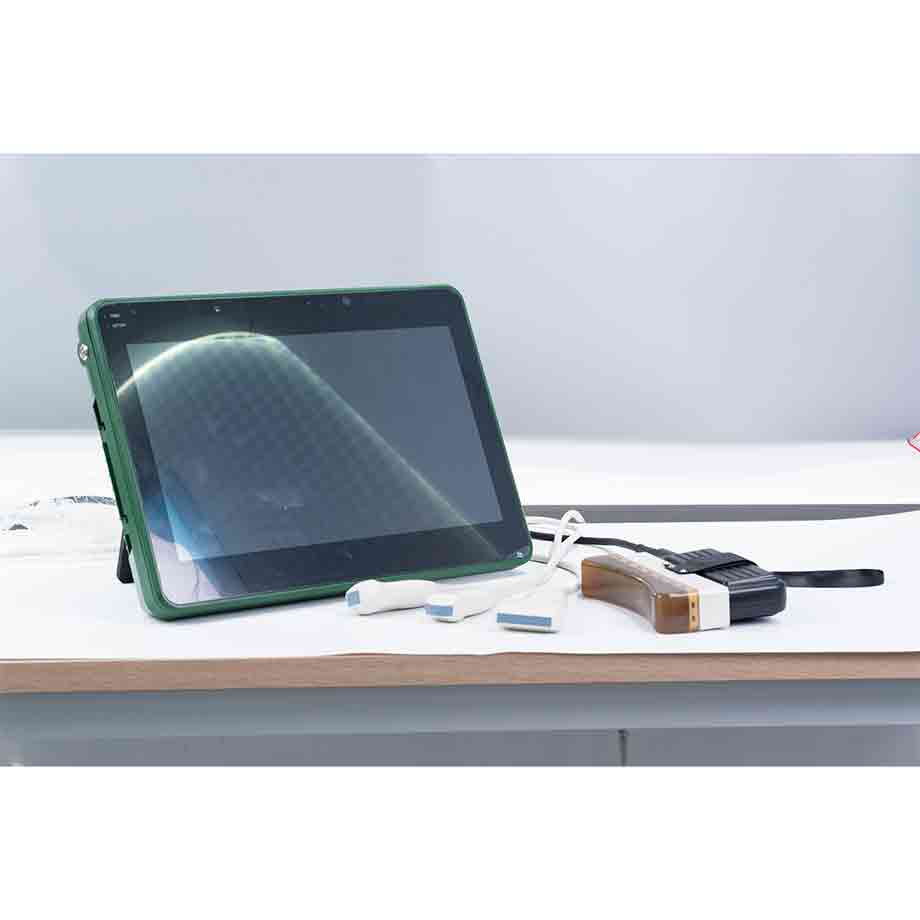Selecting the right veterinary equipment can significantly impact the efficiency and success of your livestock management or reproductive procedures. When choosing between the BXL veterinary backfat eye muscle ultrasonic instrument and the veterinary live egg collection instrument, it is crucial to understand their specific uses, features, and applications. This guide will help you make an informed decision.

Understanding the BXL Veterinary Backfat Eye Muscle Ultrasonic Instrument
The BXL backfat eye muscle ultrasonic instrument is designed for assessing livestock body composition and muscle quality. Its primary functions include:
- Backfat Measurement: Determines the thickness of fat layers to evaluate body condition.
- Eye Muscle Area Analysis: Assesses meat quality through muscle size and density measurements.
- Growth Tracking: Monitors changes in body composition over time.
- Fat Distribution Analysis: Evaluates fat distribution for overall health assessment.
- Health Monitoring: Detects abnormalities like cysts or lesions.
- Data Integration: Provides software for seamless data analysis and farm management integration.
Who Should Choose This Instrument?
- Farmers focused on meat production and livestock health.
- Breeders aiming to optimize growth and body condition.
- Veterinarians conducting regular health assessments.
Understanding the Veterinary Live Egg Collection Instrument
The veterinary live egg collection instrument is specifically designed for reproductive procedures such as in-vitro fertilization (IVF) and ovum pick-up. Its primary functions include:
- High-Precision Imaging: Locates ovaries and follicles accurately.
- Guided Needle Aspiration: Enables precise egg collection with real-time ultrasound guidance.
- Reproductive Monitoring: Tracks follicle development and ovary health.
- Pregnancy Diagnosis: Confirms early pregnancy in livestock.
- Portability: Compact and easy to use in various environments.
Who Should Choose This Instrument?
- Veterinarians specializing in reproductive health.
- Breeders focused on artificial insemination or embryo transfer programs.
- Researchers studying livestock fertility.
Key Differences Between the Two Instruments
| Feature | Backfat Eye Muscle Instrument | Live Egg Collection Instrument |
|---|---|---|
| Primary Function | Body composition and muscle analysis | Reproductive health and egg collection |
| Target User | Farmers, breeders, and veterinarians | Reproductive specialists and researchers |
| Imaging Area | Backfat and muscle regions | Reproductive organs |
| Portability | Portable | Highly portable |
| Specialized Applications | Meat quality and growth tracking | Ovum pick-up and IVF procedures |
How to Decide?
1. Assess Your Needs
- For Livestock Management: If your focus is on improving meat quality, tracking growth, and optimizing feed efficiency, the BXL backfat eye muscle ultrasonic instrument is the ideal choice.
- For Reproductive Health: If you are involved in breeding programs or fertility studies, the live egg collection instrument will provide the specialized tools you need.
2. Consider Your Budget
- While both instruments are significant investments, their prices vary based on features and capabilities. Ensure your choice aligns with your financial plan.
3. Evaluate Versatility
- The backfat eye muscle instrument offers broader applications for general livestock health, while the egg collection instrument is more specialized for reproductive purposes.
4. Training and Expertise
- Ensure your team is trained to operate the selected instrument effectively. Specialized tools like the live egg collection device may require additional training.